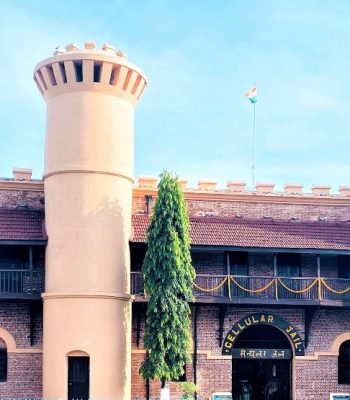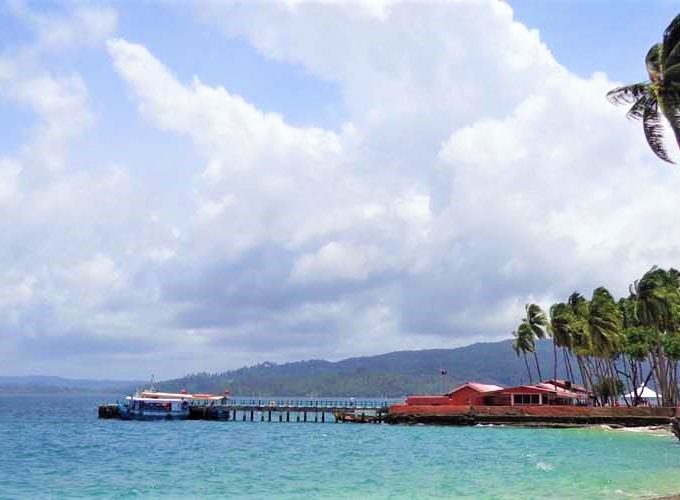Cellular Jail, also known as “Kala Pani,” is a historically significant building located in Port Blair, the capital city of the Andaman and Nicobar Islands. It holds a prominent place in India’s struggle for independence and serves as a reminder of the sacrifices made by freedom fighters during British colonial rule.
Constructed in the late 19th century by the British, the Cellular Jail was designed as a panopticon-style prison, consisting of seven wings radiating from a central watchtower. Each wing had multiple individual cells, hence the name “cellular.” The unique design allowed the jailers to keep a constant watch on the inmates with minimal staff.
The Cellular Jail was used to incarcerate political prisoners, mainly freedom fighters from different parts of India who were actively involved in the fight for independence. They were subjected to harsh and inhumane conditions, enduring extreme heat, isolation, and physical torture. The primary objective was to crush their spirits and break their determination to fight for India’s freedom.
Despite the oppressive conditions, the political prisoners displayed remarkable resilience and solidarity, turning the jail into a symbol of resistance against British rule. They communicated with each other through secret codes and signals, which helped in maintaining their spirits and camaraderie.
Today, the Cellular Jail stands as a national memorial, preserving the memories of India’s struggle for freedom. It houses a museum that provides insights into the lives of the brave freedom fighters who were imprisoned here. A visit to Cellular Jail offers a somber yet enlightening experience, allowing visitors to pay homage to the valiant souls who fought for the country’s independence. The Light and Sound Show held in the evenings narrates the poignant history of the jail and its role in the freedom movement, making it a must-see attraction for anyone visiting the Andaman and Nicobar Islands.

















